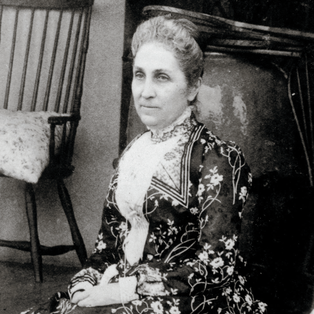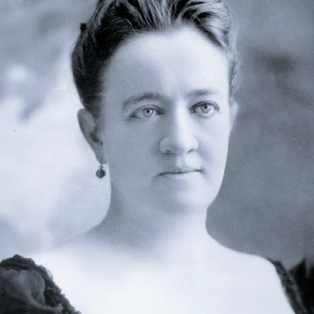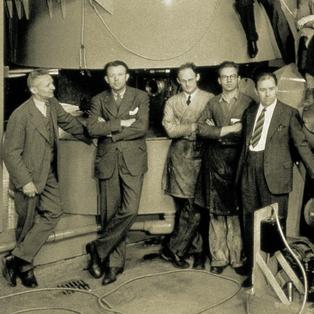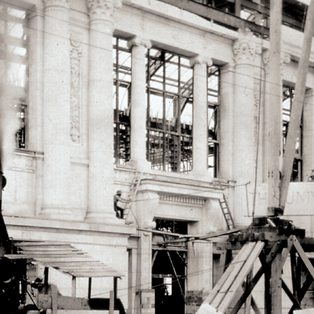Innovations That Shaped the Landscape
From its earliest days, the university was a key partner in transforming California from a rugged frontier into the land of opportunity. Renowned for its fine faculty and unique facilities, the College of Mining offered state-of-the-art, hands-on training for engineers to advance the safety and success of mining in the West and elsewhere.
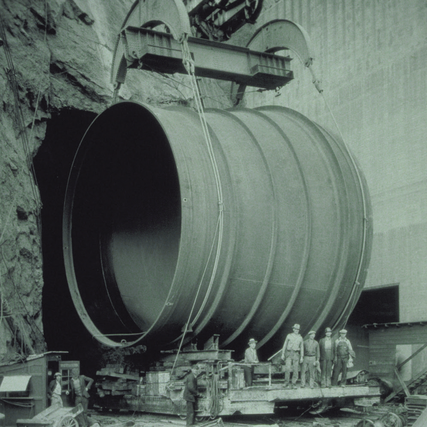
As chairman of the State’s investigation commission, Andrew Cowper Lawson prepared the definitive report on the great earthquake of 1906 and named the San Andreas Fault. A professor of mineralogy and geology from 1890 to 1928, he also conducted seminal research into Earth’s primitive history.
Engineering professors Bernard A. Etcheverry Class of 1902 and Sidney Harding sparked the development of irrigated agriculture, helping to transform California’s dry central valleys into rich, productive land and bring water from the mountains to the coastal cities.
Charles Derleth Jr., a faculty member for 46 years, was the chief engineer for the Carquinez Bridge, the longest cantilever bridge west of the Mississippi when it was built in 1927, and later consulted for the Golden Gate and Bay Bridges.
Raymond E. Davis came to UC Berkeley in 1920 to head the Engineering Materials Laboratory, which became renowned for its studies of cement and concrete. Davis consulted on projects such as the Grand Coulee and Hoover Dams.
One of the world’s greatest structural engineers, T. Y. Lin M. Eng ’33 pioneered the use of pre-stressed concrete. A highly influential teacher at UC Berkeley and founder of T. Y. Lin International, he combined Berkeley expertise and imagination to solve significant infrastructure challenges. Among his firm’s projects is the replacement of the 2.1-mile eastern span of the Bay Bridge between San Francisco and Oakland, the world’s longest single-tower, self-anchored suspension bridge.
Breaking new ground in the landscaped environment, Walter Hood M.L.A ’87, M.Arch. ’89, professor of landscape architecture and environmental planning and urban design, has designed projects from the prestigious — such as the gardens of the de Young Museum — to the mundane, transforming street corners, parks, highway underpasses, and other public spaces into meaningful places that serve the community. Bridging good design with a respect for the human experience reflects not just Hood’s beliefs, but the university’s as well, as it uses its expertise across disciplines to make California and the world, a better place.
From its beginnings in 1898, when W.A. Bechtel graded railroad beds with a mule-drawn scraper, to more recent projects, such as the construction of the San Francisco Bay Area Rapid Transit System, the Bechtel Corporation has played a role in building the West. The Bechtel Engineering Center, dedicated in 1980, honors not only the generosity of Laura and Stephen D. Bechtel Sr. ’23 but also the brilliant ingenuity and lasting impact of Berkeley engineering and its alums.
